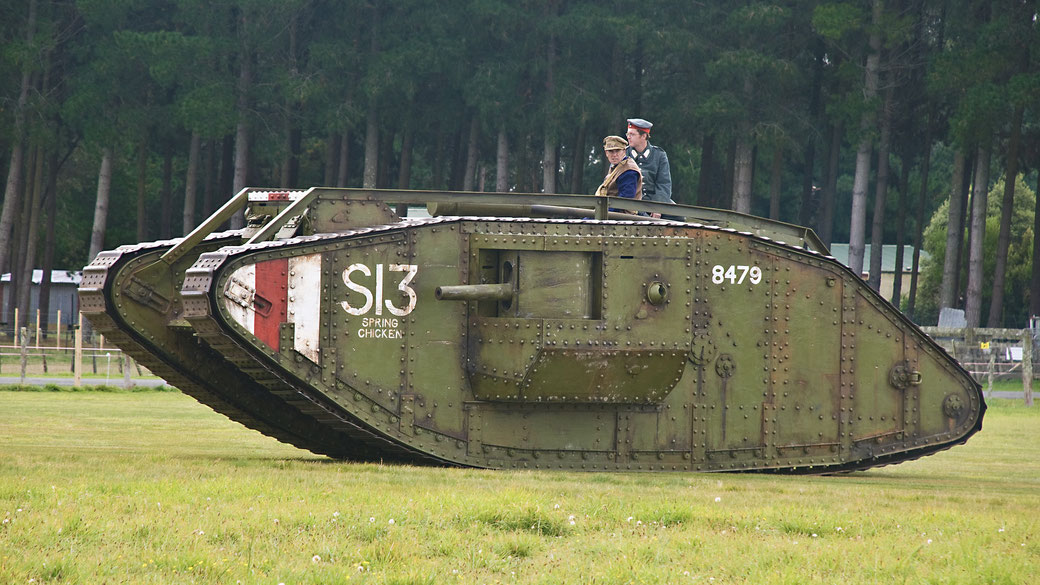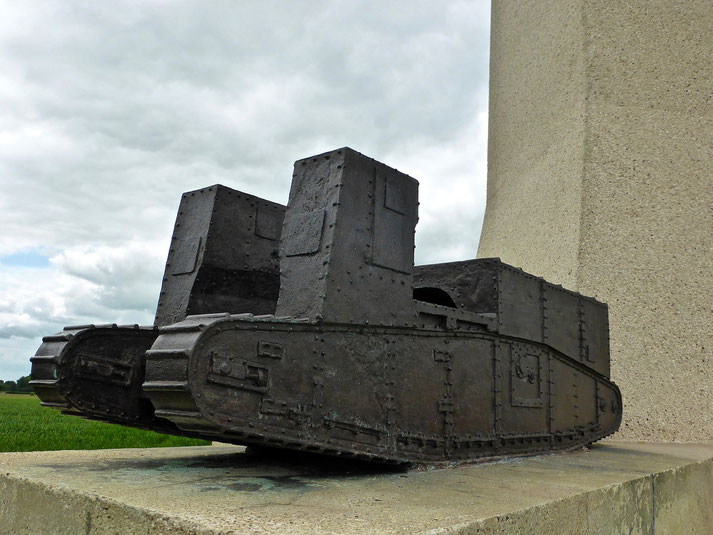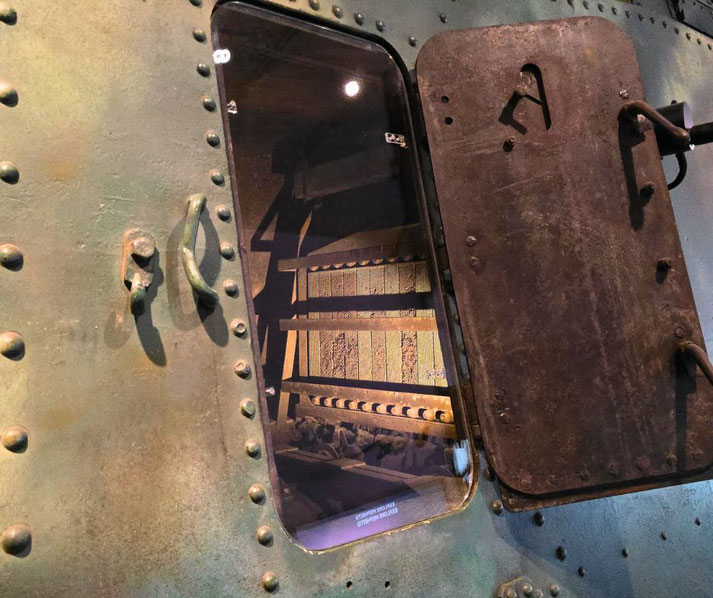War on tracks: How tanks revolutionized warfare in World War One

The invention of the tank revolutionized warfare during World War One, forever changing the way battles were fought.
For the first time, soldiers had access to armored vehicles that could traverse difficult terrain and withstand enemy fire.
Tanks were the ultimate weapon on the battlefield, capable of breaking through enemy lines and smashing through barbed wire obstacles.
Early concepts
The development of tanks can be traced back to the early 1900s, when various nations were experimenting with armored vehicles.
However, it was not until the outbreak of World War One that tanks were seen as a viable weapon of war.
The British were the first to develop a tank, known as the Mark I, which was tested in 1916.
It had a top speed of 3.7 mph and was armed with two 6-pounder guns and four machine guns.
It was also heavily armored, with a maximum thickness of 12mm.
First effective tanks
The Mark I was first used in battle on September 15, 1916, during the Battle of the Somme.
Despite some initial success, the Mark I proved to be unreliable and difficult to maneuver in the harsh conditions of the battlefield.
However, its potential was recognized, and further improvements were made to the design.
The British continued to develop new tanks, including the Mark IV, which saw significant use in the later stages of the war.
The Mark IV was faster and more reliable than its predecessors and was armed with two 6-pounder guns and four machine guns.
As it was a more flexible design, it was also used in a variety of roles, including as a mobile command post and as a platform for flamethrowers.
Tanks from other nations
Other nations also developed tanks during the war, including the French, who produced the Renault FT-17.
It was much lighter and faster than the British tanks, as it was armed with a 37mm gun and a machine gun.
Interestingly, it was also the first tank to use a rotating turret. This allowed the crew to aim the gun without having to move the entire tank.

The Germans also developed several types of tanks during World War One, although their tank program was less extensive than those of the British and the French.
The German tanks were generally smaller and less heavily armored than their British and French counterparts.
However, they were still effective in combat.
The first German tank to see action was the A7V, which was developed in 1917.
This model was 7.3 meters long, weighed 30 tons, and had a crew of up to 18 men.
It was armed with six machine guns and a 57mm cannon and had a maximum speed of around 8 km/h.
The A7V was heavily armored, with a maximum thickness of 30mm, but it was also slow and cumbersome, making it incredibly vulnerable to artillery fire.
Another famous German tank was the K-Wagen. This was a super-heavy tank designed to break through enemy lines.
The K-Wagen was never completed, however, as the war ended before it could be put into production.
What was it like to drive a WWI tank?
Being a crew member of a tank in World War One was a challenging and dangerous job.
They were cramped, uncomfortable, and noisy, with little ventilation or protection from the elements.
Also, the crew members had to endure the constant vibrations and jolts of the tank as it moved across rough terrain.
This could cause physical exhaustion and motion sickness.

While tanks were strong and offered better protection on the battlefield than regular infantry troops had, tanks were not safe places to be in.
They were often targeted by artillery and other weapons. As a result, the crew had to remain vigilant at all times to avoid enemy fire.
In addition, the tanks were prone to mechanical breakdowns, which could leave the crew stranded in the middle of no man's land.
The crew commonly consisted of several members, including a driver, a gunner, and several machine gunners.
However, communication between crew members was difficult due to the noise and cramped quarters of the tank.
As a result, crew members often had to rely on hand signals to communicate.
In addition, tanks were also incredibly vulnerable to gas attacks. The gas could penetrate the tank's ventilation system and incapacitate the crew.
To protect themselves, the crew members wore gas masks, which were uncomfortable and made it difficult to breathe.
Despite the challenges, the tanks gave the crew a sense of invincibility, as they were able to smash through barbed wire and other obstacles that had previously been considered impassable.
What do you need help with?
Download ready-to-use digital learning resources
Copyright © History Skills 2014-2025.
Contact via email
With the exception of links to external sites, some historical sources and extracts from specific publications, all content on this website is copyrighted by History Skills. This content may not be copied, republished or redistributed without written permission from the website creator. Please use the Contact page to obtain relevant permission.





